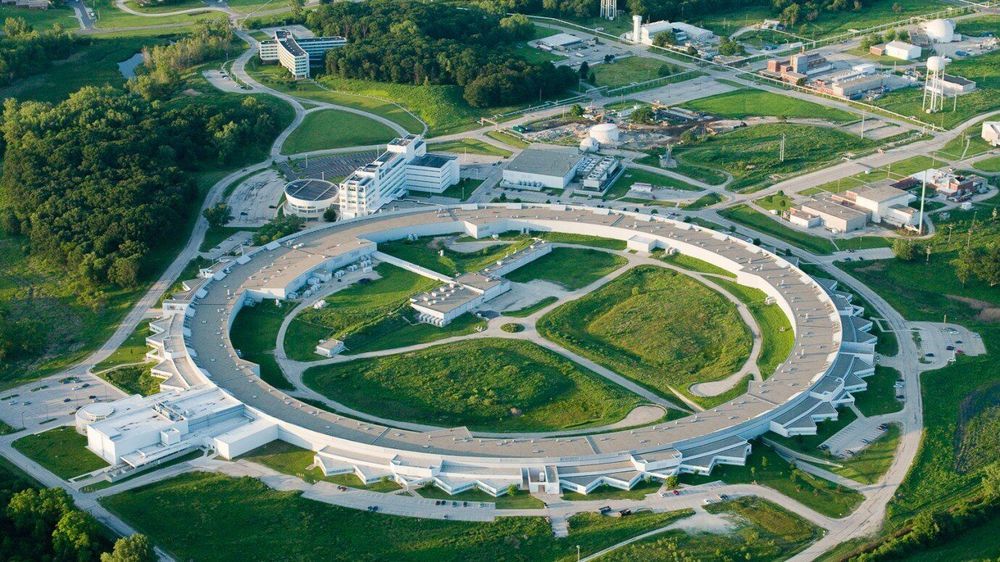One of the most important questions in science is how life began on Earth.
One theory is that wet-dry cycling on the early Earth—whether through rainy/dry periods, or through phenomena such as geysers—encouraged molecular complexity. The hydration/rehydration cycle is thought to have created conditions that allowed membraneless compartments called complex coacervates to act as homes for chemicals to combine to create life.
Using the Advanced Photon Source at Argonne National Laboratory, scientists in the Pritzker School of Molecular Engineering (PME) at the University of Chicago studied these polymer compartments as they undergo phase changes to understand just what happens inside them during wet-dry cycle.
